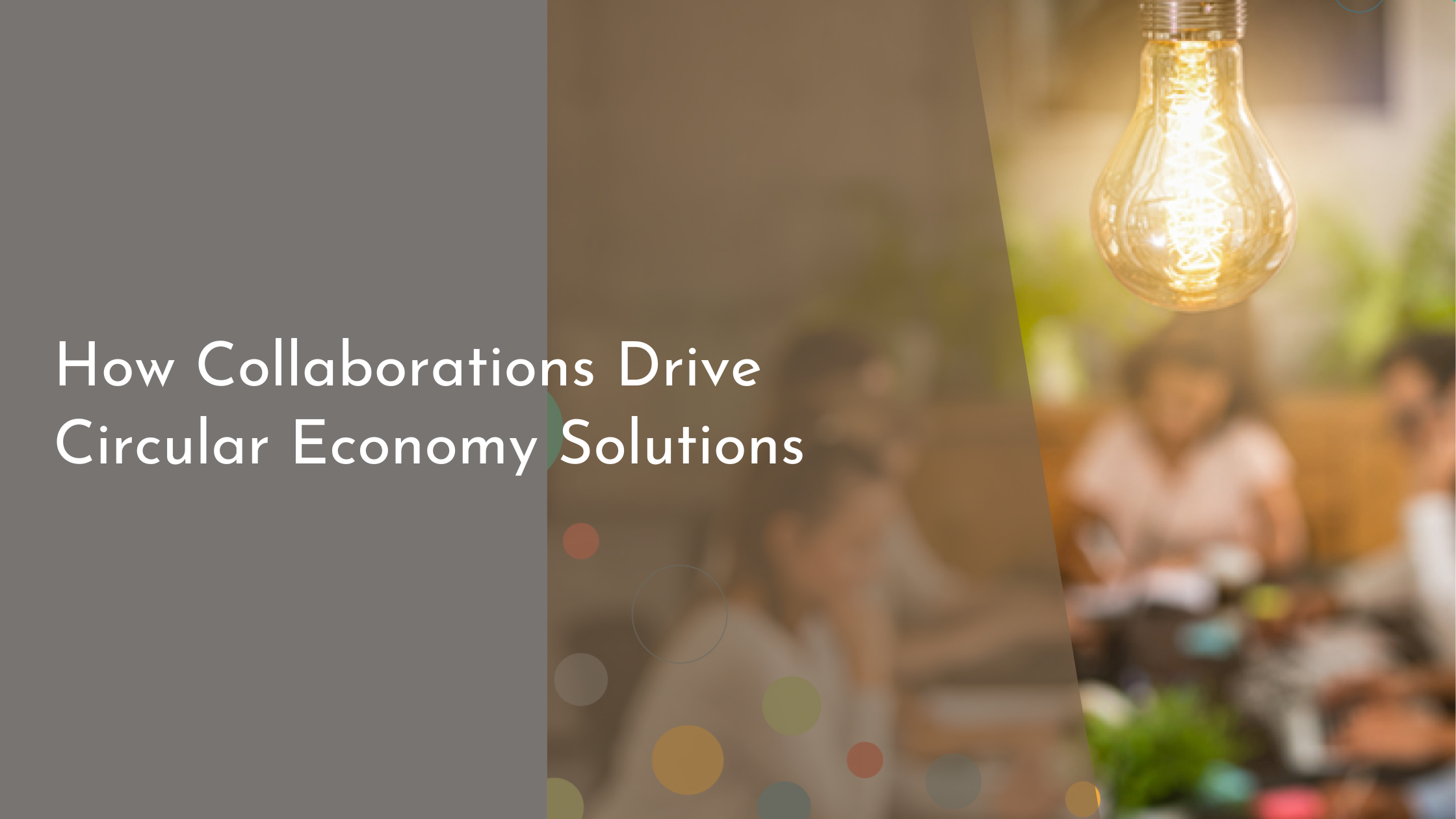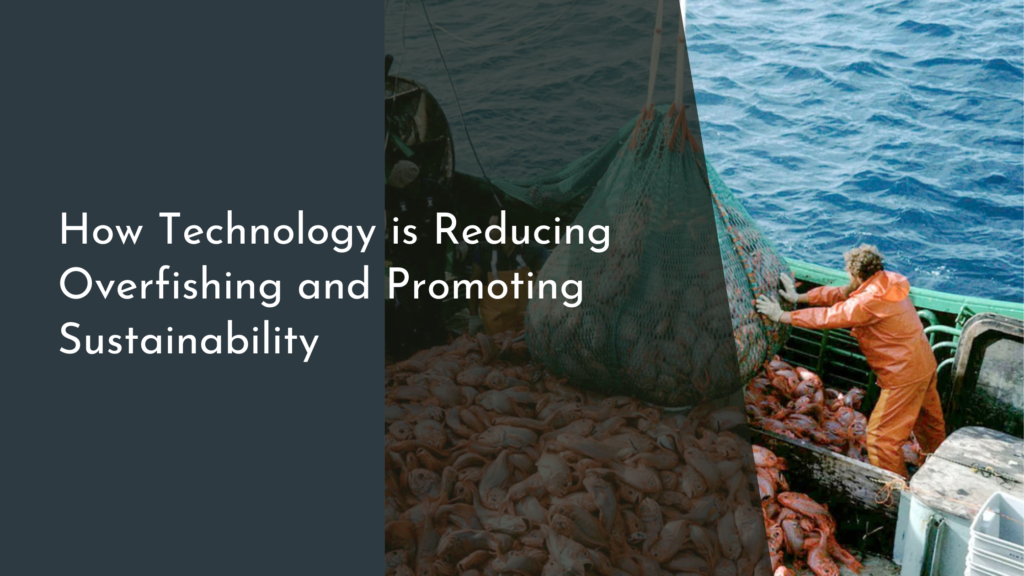How Collaborations Drive Circular Economy Solutions
The circular economy is rapidly emerging as a powerful model for sustainable development, challenging the traditional linear economy of take, make, and dispose. At its core, the circular economy seeks to eliminate waste through the continuous use of resources, creating closed-loop systems that mimic natural cycles. A crucial element in advancing this model is collaboration. By working together across various sectors and industries, organizations can drive innovation and implement solutions that would be impossible to achieve in isolation.
Understanding the Circular Economy Concept
The circular economy concept represents a paradigm shift from the traditional linear economic model. Instead of a system where resources are used and discarded, the circular economy focuses on extending the lifecycle of products. This is achieved through strategies such as designing for durability, repairability, and recyclability, as well as promoting reuse and refurbishment. By closing the loop, we can reduce the consumption of finite resources and mitigate the detrimental impacts on the environment.
The transition to a circular economy requires significant changes in production and consumption patterns. This involves not only reevaluating how goods are designed and manufactured but also how they are consumed and disposed of. A circular economy emphasizes the importance of maintaining the value of products and materials for as long as possible, thereby decoupling economic growth from resource consumption. This innovative approach not only addresses environmental challenges but also opens up new economic opportunities by creating markets for secondary materials and services.
The Role of Collaborations in Innovation
Collaboration is a cornerstone of innovation within the circular economy. By fostering partnerships, organizations can pool resources, expertise, and ideas to develop and implement circular solutions. These collaborative efforts often involve diverse stakeholders, including businesses, governments, non-profits, and academic institutions. By working together, these entities can overcome barriers that would be insurmountable individually, such as technological limitations, regulatory challenges, and consumer behavior shifts.
Moreover, collaborations encourage knowledge sharing and the co-creation of solutions, which are vital for the complex transitions required for a circular economy. By bringing together different perspectives and skills, partners can identify innovative ways to close loops and optimize resource use. This collaborative innovation can lead to breakthroughs in areas such as sustainable product design, resource recovery technologies, and circular business models. Ultimately, partnerships can accelerate the transition to a more sustainable and resilient economic system.
Successful Partnerships Transforming Industries
One example of successful collaboration driving circular solutions can be found in the fashion industry. Initiatives like the Ellen MacArthur Foundation’s Make Fashion Circular bring together brands, designers, and innovators to rethink the fashion cycle. By promoting circular design principles and encouraging the use of renewable materials, these collaborations are transforming how clothes are produced and consumed, thereby reducing environmental impact and creating value throughout the entire supply chain.
In the automotive sector, partnerships are also key to advancing the circular economy. Companies like Renault have teamed up with recycling firms to establish closed-loop systems for vehicle components. Through such collaborations, end-of-life vehicles are disassembled, and materials are recovered and reused in new car manufacturing. This not only reduces waste but also decreases the demand for raw materials, showcasing how strategic partnerships can drive sustainable innovation across industries.
Challenges and Opportunities in Collaborative Efforts
Despite the benefits, collaborative efforts in the circular economy face several challenges. One significant hurdle is aligning the interests and goals of diverse stakeholders. Differences in priorities, organizational cultures, and business models can complicate partnership dynamics. Additionally, regulatory frameworks and existing market structures may not support the collaborative initiatives needed for circular transitions, further complicating implementation.
Nevertheless, these challenges also present opportunities for growth and innovation. By addressing these barriers, collaborations can create new pathways for achieving circular economy goals. For example, developing standardized metrics and guidelines for circular practices can facilitate cooperation and transparency among partners. Moreover, building networks and platforms for collaboration can enhance communication and trust, enabling stakeholders to work together more effectively towards shared objectives.
Embracing a sustainable future through the circular economy is not only necessary but also achievable with concerted collaborative efforts. By harnessing the power of partnerships, we can drive the innovation and systemic change needed to create resilient and sustainable economic systems. As organizations continue to work together, sharing knowledge and resources, they will not only overcome challenges but also unlock new opportunities for sustainable growth. This collective journey towards a circular economy holds the promise of a brighter, more sustainable future for all.


